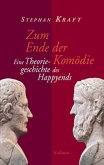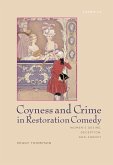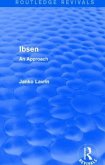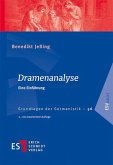Source: Wikipedia. Pages: 78. Chapters: Improvisational theatre, Vaudeville, Restoration comedy, Double entendre, Light poetry, Comedy club, Low comedy, Story within a story, Monologue, Vitus, Irony, Street performance, Comedy of menace, Comic opera, Heckler, Hack, Joke thievery, Prank call, Practical joke, Comedians of Middle East conflict, Inherently funny word, One-person show, Ballad opera, The Big Shot Caller, Shtick, Gross out, Cringe comedy, Fictional fictional character, Deadpan, Comedy rock, Eat It, Comic timing, Skomorokh, Comedic device, Comedy of manners, Callback, Roast, Punch line, Chinface, Sick comedy, Air sex, Atellan Farce, Innuendo, Authority figures in comedy, Insult comedy, Comedy of humours, Pull my finger, City comedy, Improv comedy teacher, Onomasti komodein, Extravaganza, Concert saloon, Christian comedy, Form-versus-content humour, Comedy festival, Comedy music, Blackout gag, Customer review comedy, Guerrilla improv, The King of Comedy, Telegraphing, Bulbulay, High comedy. Excerpt: A story within a story, also rendered story-within-a-story, is a literary device or conceit in which one story is told during the action of another story. Mise en abyme is the French term for a similar literary device (also referring to the practice in heraldry of placing the image of a small shield on a larger shield). A story within a story can be used in novels, short stories, plays, television, films, poems, music, and even philosophy. Stories within stories can be of these types: Sometimes with type 2, someone completes the inner story in the real world: see From story within a story to separate story. The inner stories are told either simply to entertain or more usually to act as an example to the other characters. In either case the story often has symbolic and psychological significance for the characters in the outer story. There is often some parallel between the two stories, and the fiction of the inner story is used to reveal the truth in the outer story. The literary device of stories within a story dates back to a device known as a frame story, when the outer story does not have much matter, and most of the bulk of the work consists of one or more complete stories told by one or more storytellers. This concept can be found in ancient Indian literature, such as the epics Mahabharata and Ramayana, Vishnu Sarma's Panchatantra, Syntipas' Seven Wise Masters, the Hitopadesha, and Vikram and the Vampire. Another early example of stories within a story can be found in the One Thousand and One Nights (Arabian Nights), which can be traced back to Arabic, Persian, and Indian storytelling traditions. Homer's Odyssey too makes use of this device; Odysseus' adventures at sea are all narrated by the hero himself to the court of king Alcinous in Scheria. Other shorter tales, many of them false, account for much of the Odyssey. Often the stories within a story are used to satirize views, not only in the outer story but also in thereal world. The Itchy & Scratchy Show
Hinweis: Dieser Artikel kann nur an eine deutsche Lieferadresse ausgeliefert werden.
Hinweis: Dieser Artikel kann nur an eine deutsche Lieferadresse ausgeliefert werden.








